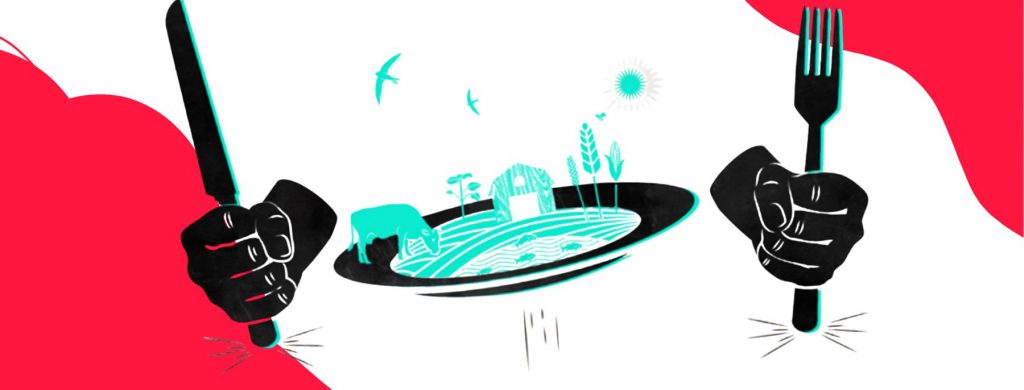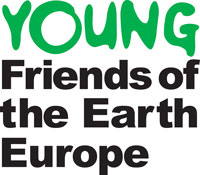For more than 20 years, civil society, farmers, politicians and the food sector have successfully fought for GMO-free fields and the right to choose food without GM ingredients in Europe.
But this could be about to change. On July 25, the EU’s top court will rule whether new genetically modified (GM) seeds and foods – so-called ‘GMO 2.0’ – should be subject to safety checks under EU law.
What are these new GMO 2.0 techniques?
These new techniques modify genetic material in plant cells in a way that does not occur naturally with conventional plant breeding.
These modifications can result in the same unintended changes in cells as existing GM techniques. They also raise the same questions about risks to the environment and human health.
At the moment the only crop grown with these new techniques is a strain of oilseed rape in the USA, where GMOs are not regulated. Soybean, maize and potato strains are in the pipeline.
And as with existing GMOs, it’s the same large agribusiness corporations that stand to profit. While often developed by start-ups and universities, the six largest biotech companies own more than 70% of GMO 2.0 patents and licenses.
So what is the court likely to decide?
If the ruling goes as expected, it is likely to suggest that most food and crops derived from these new genetic engineering techniques would be classified as Genetically-Modified Organisms (GMOs).
However, this doesn’t automatically mean that they will be subject to existing GMO safety law. Depending on how the ruling goes and what our politicians do and say in the weeks after the decision, GMO 2.0 could end up being grown in the EU without safety checks.
Regardless of the ruling, it will be up to our politicians across the EU to stand up and call for these new GMOs to be properly regulated. Watch this space.
For a more in-depth analysis of the case, see this briefing.






